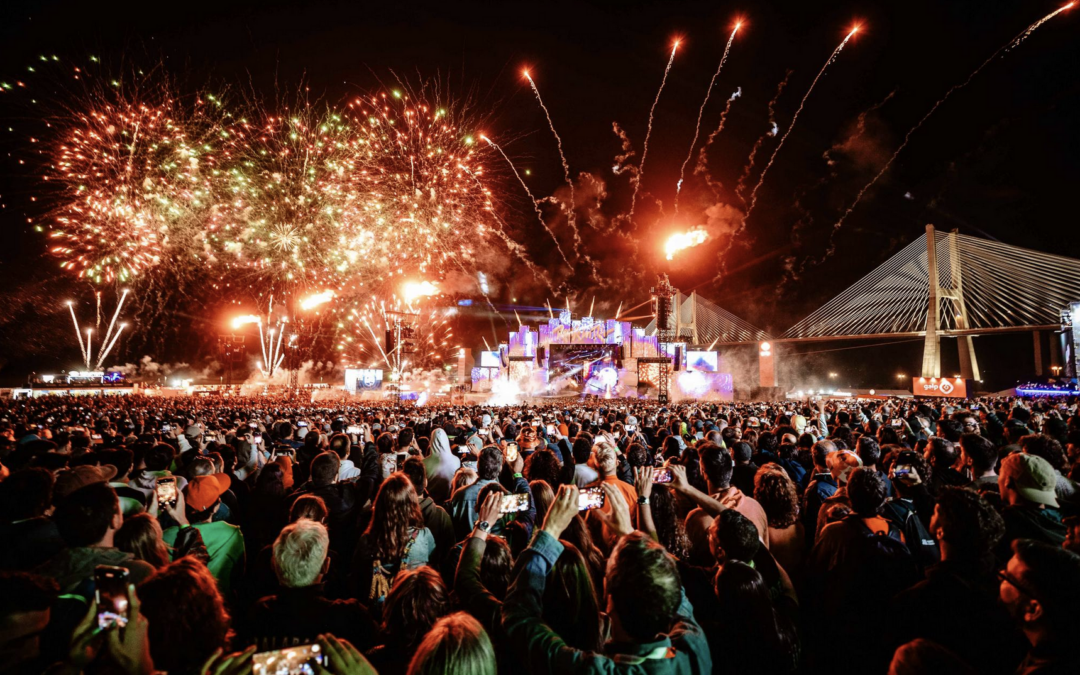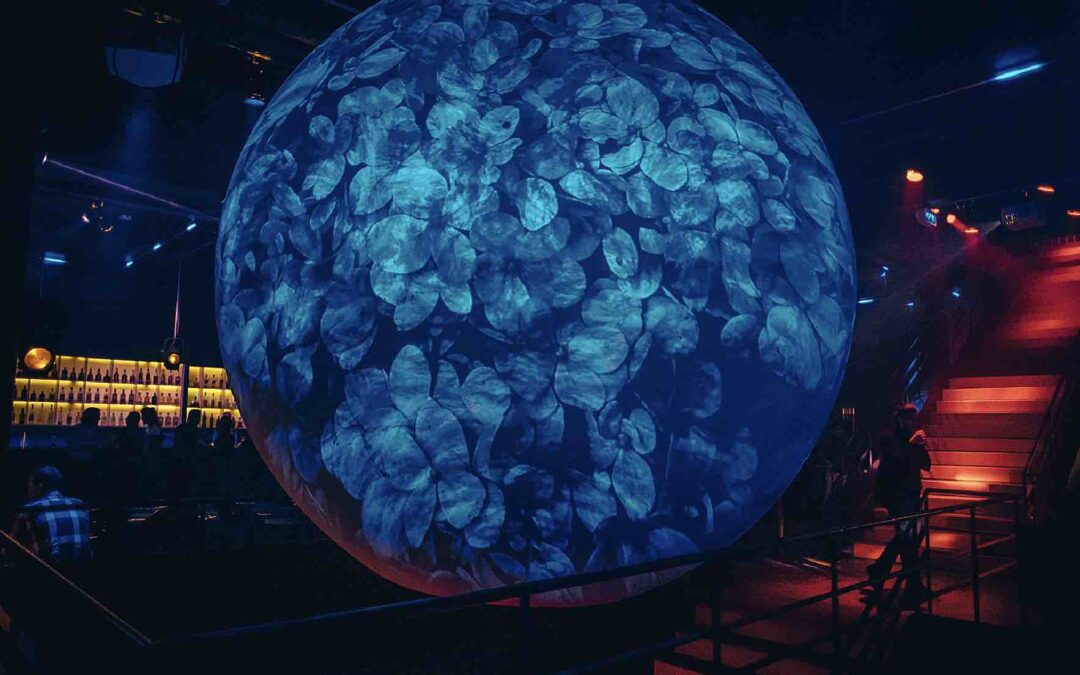If you are coming to Lisbon for the first time

Some practical information for your first visit to Lisbon and Portugal. As in all countries, there are customs and habits that you should be aware of.
We’ll take a look at what you need to know:
- Internet,
- transport
- restaurants
- and a few words in Portuguese.
First, a few things to know about Lisbon and Portugal.
Mobile Internet

Since 2017, roaming is no longer an extra cost when travelling in Europe: you can use your mobile package as if you were in France.
Transport and getting to the airport
See our article: Travel solutions
It’s a real pleasure to discover the city on foot, and it’s worth pointing out that stilettos are not recommended due to the cobblestones throughout the city.
In the restaurants

You’ll often find cheese, olives, bread and other snacks on your table. These are referred to as “couvert” on the menu, which can be confusing, but you should be aware that, unlike in France, you will be charged extra for anything you start.
It’s important to be aware of this so you don’t feel like you’re being ripped off when it’s just a different way of working. This will save you some nasty surprises when it comes to the bill.
Here are some of the best places to go.
A few words in Portuguese
Here are a few common words to help you get the most out of your interactions with the Portuguese:
Until noon: Bom dia
Good afternoon : Boa Tarde, but OLA and Ciao also work well.
Good evening: Boa noite
Thank you: Obrigada/do
Sorry: Desculpa
Please: Por favor
The bill, please: A conta por favor
The toilet, please: A casa de banho por favor
A few essentials that are sure to make a difference! And remember, everything goes smoother with a smile!
For coffee

To ask for it, from north to south, just say “coffee”. But be aware that there are regional differences in asking for an espresso.
Bica
This is the other name for coffee heard south of the Mondego, especially in Lisbon
Abatanado
This is a long coffee in a large cup.
Italiana
It’s the short version of café curto! Yes, it’s possible! It’s a real shot of caffeine.
Café cheio
If you want a longer coffee, ask for a café cheio. Cheio means ‘full’ in Portuguese.
You simply add water to the coffee. The caffeine content is the same!
Café curto
If you want a strong coffee, ask for a short café curto. Be careful, though, because the coffee is really strong, so there’s a lot less water in your cup!
Carioca de café
This is a light coffee with less caffeine. In fact, it’s the coffee from a second pass over the ground coffee beans that have already been used to make a normal coffee.
Café sem princípio
This is a variation of Carioca. After the first cup is made, the coffee is poured into a second cup. The result of this cup is a café sem princípio, or “coffee without a start”. The result is a coffee with much less caffeine.
Descafeinado
The classic decaffeinated coffee. No caffeine, no fuss, but necessary if you’re too sensitive. Personally, I prefer a good carioca de limão to a bad decaf!
Chávena fria or quente
This is not a coffee, but the temperature of your cup (chávena). You can ask for your hot coffee to be served in a cold chávena fria or a hot chávena quente. You can also say “chávena escaldada” for the hot cup.
Meia-de-leite
A large cup filled half with milk and half with coffee. It has more caffeine than galão.
Carioca de limão
This is not coffee, but an infusion of lemon peel. A very popular alternative to coffee.
Galão
Galão is coffee with milk, served in a large transparent glass or, for the “chic”, in a large glass cup. It is made by adding milk to your regular espresso until the glass is full.
Garoto
This is a strong coffee to which milk foam is added.
Pingado
Instead of milk foam, a drop of cold milk is added to the curto coffee.
Cappuccino
In a large cup, half the coffee, a quarter of the milk and a quarter of the milk froth.
Duplo coffee
Duplo is French for double, so put two regular coffees in a large cup.
Mocha
In a large cup, a quarter coffee, a quarter chocolate, a quarter milk and top with milk foam.
Mazagran
Add ice cubes to your coffee in a glass. Add a slice of lemon for the perfect summer drink!
The Imperishables of Lisbon
Here’s a simplified list of the areas we think you should visit, in order of priority, which you can do in about 7 days:
- Avenidas Novas, Baixa Chiado,
- Alfama, Mouraria, Graça,
- Bairro Alto, Bica, Pink Street/Cais de Sodre (very lively at night)
- Principe Real, Santos
- Belem
- Lx Factory
- Parques das Naçoes
- Cristo Rei, accessible by ferry from Cais de Sodre
- Sintra, accessible by train from Rossio and Oriente
- Cascais, reachable by train from Cais de Sodre via Belem.
- Less touristy Marvila, Beato, but more artistic/authentic to do once you’ve seen the rest above.
Guided Tour
We strongly recommend that you book a guided tour, preferably a private one, at the beginning of your stay. This meeting with an insider, a native of the city, will allow you to gain knowledge of the history, politics and life of Lisbon and the country, and therefore the soul of its inhabitants.
This will change the way you receive all these new discoveries for the better.
We’ll leave you here with a presentation of the tours we offer on foot, by tuk-tuk and by sidecar: Discover Lisbon with a Guide.
Epilogue
Now you have all the information you need for your first stay in Lisbon, the capital of Portugal. If you have any doubts or questions, please do not hesitate to contact us.









